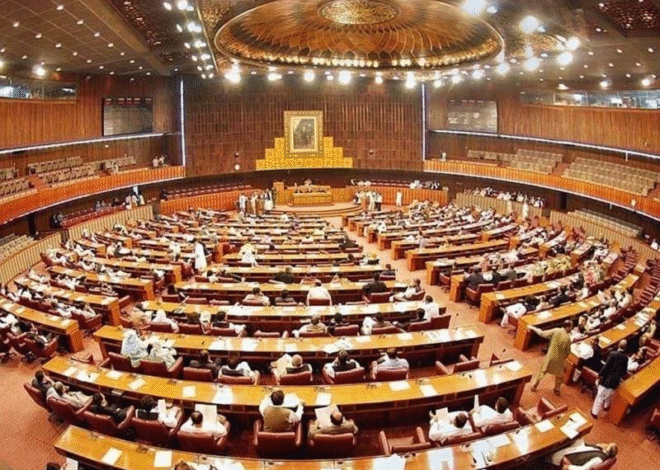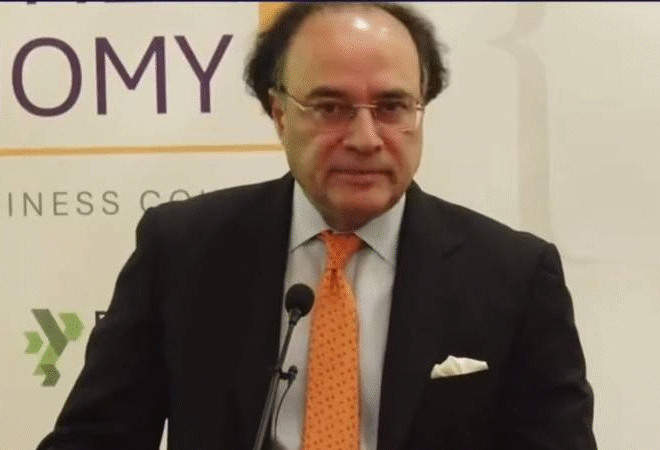
Pakistan’s Foreign Exchange Firms Report Decline in Dollar Sales
Pakistan’s foreign exchange companies have reported a notable decline in dollar sales to banks during the first quarter of fiscal year 2026, reflecting growing pressure on the currency market amid tightening dollar liquidity and slower remittance inflows.
According to data released by the Exchange Companies Association of Pakistan (ECAP), exchange firms sold $646 million to banks between July and September 2025 — down 14 percent from $750 million during the same period last year. The association attributed the decline to reduced supply of physical dollars and delays in settlement by commercial banks.
ECAP Chairman Malik Bostan described the performance as “lower but not discouraging,” emphasizing that the sector remains stable despite challenges. He said the association continues to support the interbank market and expects improved inflows in the coming months.
Monthly figures show a consistent downward trend. Exchange companies sold $290 million in July, $170 million in August, and $186 million in September, compared to $333 million, $294 million, and $213 million during the corresponding months of fiscal year 2025.
Market participants say the availability of physical dollars has fallen sharply, forcing exchange firms to issue dollar-denominated cheques instead of providing cash. Industry insiders claim that banks’ delays in releasing payments to exchange companies have contributed to the scarcity, further straining the open market supply.
Experts suggest that weak remittance growth and concerns over a managed exchange rate are diverting some inflows away from formal channels. While the rupee has strengthened modestly over the past two months, analysts believe the appreciation may not reflect actual market fundamentals.
Pakistan received $38 billion in remittances during FY25 and has set a $40 billion target for FY26. Bostan expressed optimism that the goal remains achievable, citing continued demand from overseas Pakistanis. Economists, however, caution that sustaining last year’s inflow levels will be crucial to maintaining exchange rate stability and ensuring adequate dollar liquidity in the banking system.


